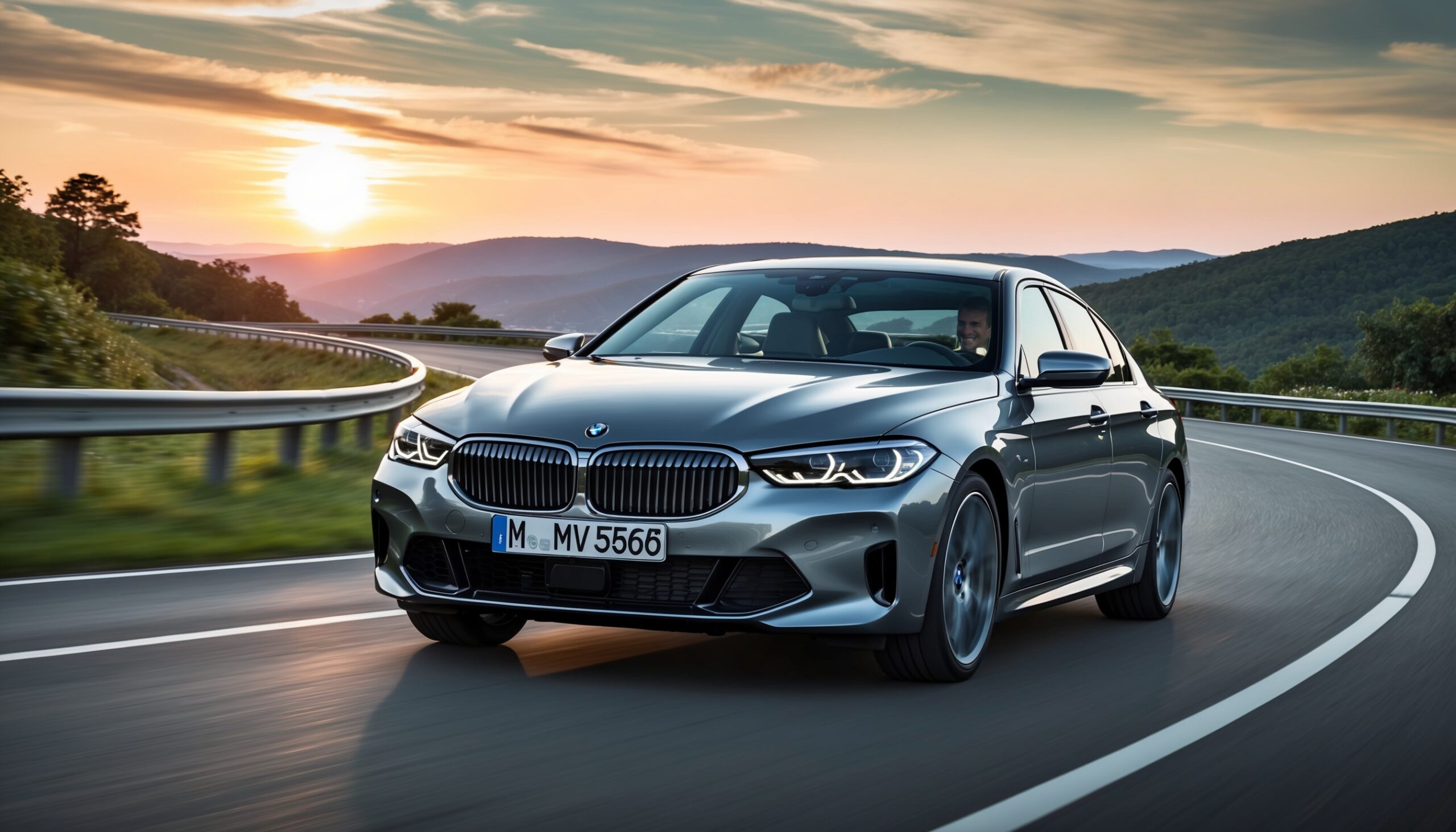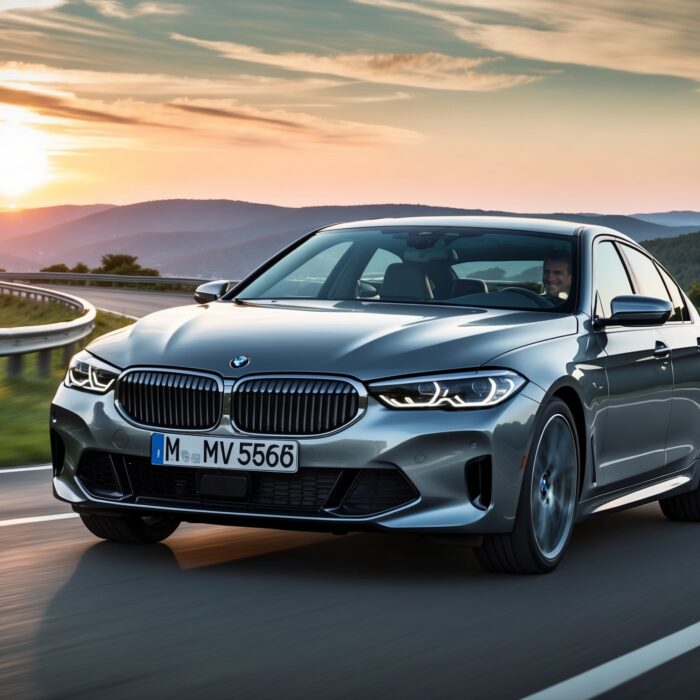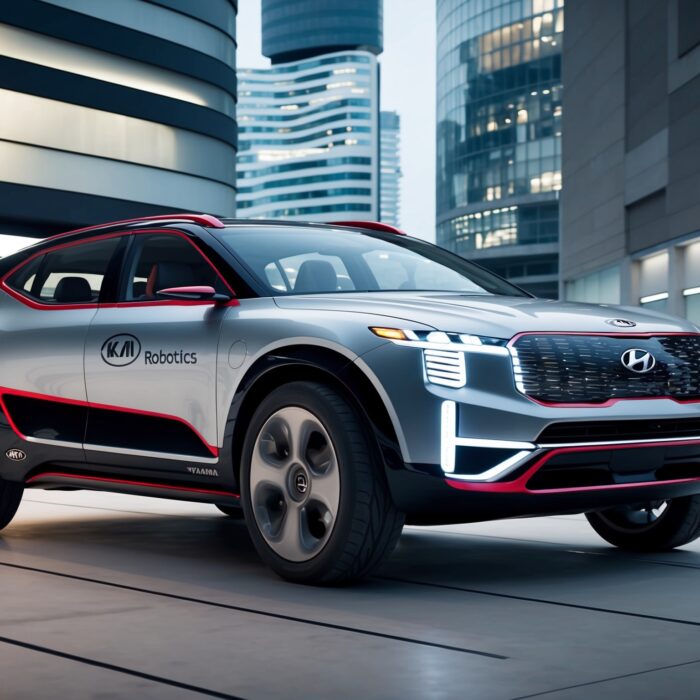Urban Air Mobility (UAM): The Auto Industry’s Push into Flying Taxis
Imagine a world where your daily commute doesn’t involve sitting in traffic but instead gliding effortlessly through the sky, surrounded by clouds and a panoramic view of the city below. This futuristic vision is becoming a reality with the rise of Urban Air Mobility (UAM). The automotive industry, long focused on ground transportation, is now eyeing the skies, and the concept of flying taxis is taking flight. At Torque Feed, we’re thrilled to explore this exciting evolution in transportation technology.
The Rise of Urban Air Mobility
Urban Air Mobility refers to the use of air transportation to alleviate congestion in urban environments. Think of it as a new frontier in mobility, where compact, electric vertical takeoff and landing (eVTOL) aircraft can whisk passengers above the snarl of city traffic. The idea has garnered substantial interest from automotive giants, tech startups, and investors alike.
Why Now?
Several factors are driving the push for UAM:
- Traffic Congestion: Cities around the world are grappling with increasing traffic congestion, leading to longer commute times and elevated stress levels.
- Technological Advancements: Innovations in electric propulsion, battery technology, and materials science have made the development of eVTOL aircraft not only feasible but efficient.
- Environmental Concerns: With a global push towards sustainability, electric aircraft promise to reduce carbon emissions compared to traditional gas-powered vehicles.
- Urban Population Growth: As more people migrate to urban areas, the demand for efficient transportation solutions continues to rise.
The Key Players in UAM
The UAM landscape is crowded with a mix of legacy automotive manufacturers, aerospace companies, and innovative startups. Here are some of the key players shaping the future of flying taxis:
Automotive Giants
Leading automotive manufacturers are not sitting on the sidelines. Here’s how some of them are getting involved:
- Ford: Known for its pioneering spirit, Ford is exploring eVTOL concepts as part of its urban mobility strategy.
- General Motors: GM has made significant investments in electric vehicle technology and is eyeing air mobility as a potential market.
- Mercedes-Benz: With its vision for the future, Mercedes is collaborating with aerospace firms to develop luxury flying taxis.
Aerospace Innovators
Aerospace companies have a head start in the flying taxi race. Some notable names include:
Also Read: The Circular Economy Model: Designing Cars for Disassembly and Reuse
- Boeing: With its extensive experience in aviation, Boeing sees UAM as the next major leap in transportation.
- Airbus: Airbus has already conducted successful tests of its Vahana eVTOL prototype and is working on commercial applications.
- Joby Aviation: This startup has secured significant funding and is making strides in developing an electric air taxi with a range of 150 miles.
How Flying Taxis Work
Flying taxis, or eVTOLs, are designed to operate in urban environments with minimal infrastructure. Here’s a breakdown of how they function:
Design and Technology
eVTOL aircraft typically feature multiple rotors that allow for vertical takeoff and landing. This design is crucial for urban applications, where space is limited. Here are some key technological aspects:
- Electric Propulsion: Most flying taxis are powered by electric engines, offering a quieter and more environmentally friendly alternative to traditional aircraft.
- Autonomy: Many developers are working on fully autonomous flying taxis, reducing the need for a human pilot and enhancing safety.
- Vertical Takeoff and Landing: The ability to take off and land vertically means eVTOLs can operate from rooftops or designated vertiports without needing long runways.
Safety Measures
Safety is paramount in aviation, and UAM is no exception. Here’s how developers are addressing safety concerns:
- Redundant Systems: eVTOLs are designed with multiple systems for critical functions, ensuring that failure in one area doesn’t endanger passengers.
- Advanced Sensors: Equipped with cutting-edge sensors, these aircraft can detect obstacles and navigate complex urban environments.
- Regulatory Compliance: Manufacturers are working closely with aviation authorities to ensure that flying taxis meet all necessary regulations and safety standards.
The Future of Urban Air Mobility
While flying taxis are still in the development and testing phases, several cities around the world are preparing for their arrival. Here’s a look at what the future may hold:
Regulatory Frameworks
Governments and aviation authorities are beginning to establish regulations around UAM. This includes air traffic management systems specifically designed for urban airspaces, ensuring safe operations of multiple flying taxis in close proximity.
Infrastructure Development
To support the widespread adoption of flying taxis, cities will need to invest in new infrastructure:
- Vertiports: Designated landing and takeoff zones will be essential for urban air mobility, allowing for easy passenger access and seamless integration with ground transportation.
- Charging Stations: As electric aircraft become the norm, charging infrastructure must be developed to support the fleet.
- Integration with Public Transport: To maximize efficiency, flying taxis should be integrated into existing public transportation systems, providing a holistic mobility solution.
Public Acceptance
Public perception will play a significant role in the success of flying taxis. Developers must focus on educating the public about the benefits of UAM, addressing safety concerns, and ensuring affordability. The more people understand and trust this new mode of transport, the more likely they are to embrace it.
The Environmental Impact of UAM
With climate change at the forefront of global concerns, the environmental implications of new transportation technologies cannot be overlooked. UAM has the potential to drastically reduce urban emissions. Here’s how:
Reduced Traffic Congestion
By providing an alternative to traditional ground transportation, flying taxis could significantly reduce the number of vehicles on the road, leading to lower emissions and improved air quality.
Noise Pollution
Electric aircraft are generally quieter than their gas-powered counterparts. This reduction in noise pollution can have a positive impact on urban living conditions, allowing city dwellers to enjoy the benefits of mobility without the disruption of traditional helicopter noise.
Potential for Renewable Energy
As technology progresses, there’s potential for flying taxis to be powered by renewable energy sources. This could include solar power or wind energy, creating an even greener mode of transportation.
Challenges Ahead
Despite the promise of UAM, several challenges lie ahead:
Technical Hurdles
The development of reliable and efficient eVTOL aircraft is no small feat. Engineers and designers must overcome numerous technical challenges, including battery life, range, and payload capacity.
Cost of Development
Developing flying taxis requires significant investment. Companies must balance the costs of research and development with the need to make these services affordable for consumers.
Also Read: New Automotive Paint Technologies for Sustainability and Durability
Public Skepticism
Familiarity breeds comfort. Many people may initially be skeptical about flying taxis, associating them with the risks of aviation. Educating the public about safety measures and the benefits of UAM will be crucial for gaining acceptance.
The Exciting Road Ahead
As we look toward the future, it’s clear that Urban Air Mobility is more than just a pipe dream. It represents a paradigm shift in how we think about transportation in urban environments. The convergence of automotive innovation and aerospace technology is paving the way for a new era of mobility.
At Torque Feed, we’re excited to follow the developments in this space. Whether you’re a car enthusiast, an aviation aficionado, or just someone curious about the future of transport, the rise of flying taxis offers a glimpse into a world that could redefine our daily commutes.
So, the next time you find yourself stuck in traffic, remember that the skies above may soon be filled with flying taxis, transforming the way we navigate our cities. The future is bright, and it’s soaring high above the ground!












